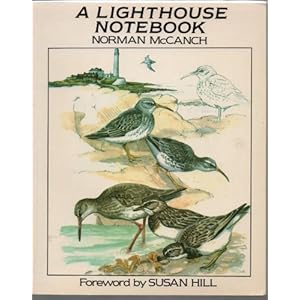A birthday treat was to visit the reintroduced Great Bustards on the military range of Salisbury Plain. Amid great secrecy (blindfolds, Official Secrets Act, chinese burns) we were taken by Land Rover across the firing ranges to a hide on the plain. From there we could see an enclosure with three dots that (on magnification) turned into great bustards.
Looking through the provided Swarovski, the dots became three heaps of feathers - apparently turkeys trying to turn themselves inside out.
The birds were all males, indulging in a lek even without the presence of females. Presumably the bright display can be seen for a long distance across the steppes, and so can attract any potential mates from the area.
One bird (purple 5) was clearly the dominant male, and was the only one to have reached breeding maturity so far. He's a bit of a star, and knows it.From time to time, other birds flew in (still only males, unfortunately), giving us good views of their white, brown and black wings, looking vaguely like geese. If I had seen one elsewhere, I would not have had a clue what it was.
At each arrival, Purple 5 would approach the newcomer, which would crouch down into a submissive pose. Purple 5 would then strut around for a while, but then the group would calm down and proceed to lek again.
The birds are not pinioned or constrained in any way, and so can fly off and may disappear for weeks at a time. Over 50 have been released, and many have been sighted in various parts of the south-west. When thick snow fell this winter, they all flew south towards the Dorset coast but started to return when the weather improved.
A particular problem seems to be that they are reluctant to see foxes as a threat. This may, of course, be because they see dogs being walked nearby and so do not take fright when a real predator appears.
The project will take time to prove its success, as the birds are brought in as eggs or chicks from Russia and then have to reach maturity. Consequently the establishment of a breeding group will be a few years away. I wish the team the very best of luck, both in breeding success and in raising funds to keep the project going. It should get good publicity by being on the One Show tonight.
Marvellous birds - just look at that moustache! I only later saw that I had cropped the greatbustard.org website name as below:
Maybe this could challenge the hegemony of the legendary fatbirder?
While watching the bustards, a popular pastime was playing spot-the-stone-curlew. At 400 yards or so, that's a challenge, but eventually one was seen "just to the left of the dandelion". Great to see.
Unexpectedly, a pub in Oxford was found to sell Arkells Kingsdown Ale, which tasted not half bad.























